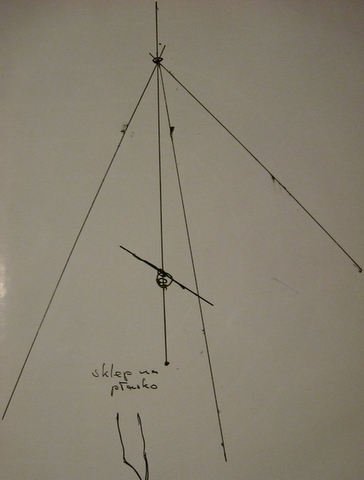Hello.
Gentlemen, please advise. I would like to make a vertical earth electrode, for example, from a 5-6m long rod. or the pipe in which you are driving such long iron into the ground (ladder, hammer) may have a proven patent. If the pipe has a diameter of about 2 inches, then if it needs to be welded to the tip, it will be difficult to punch it without welding it to such a depth. Please help .
Regards.
Gentlemen, please advise. I would like to make a vertical earth electrode, for example, from a 5-6m long rod. or the pipe in which you are driving such long iron into the ground (ladder, hammer) may have a proven patent. If the pipe has a diameter of about 2 inches, then if it needs to be welded to the tip, it will be difficult to punch it without welding it to such a depth. Please help .
Regards.



